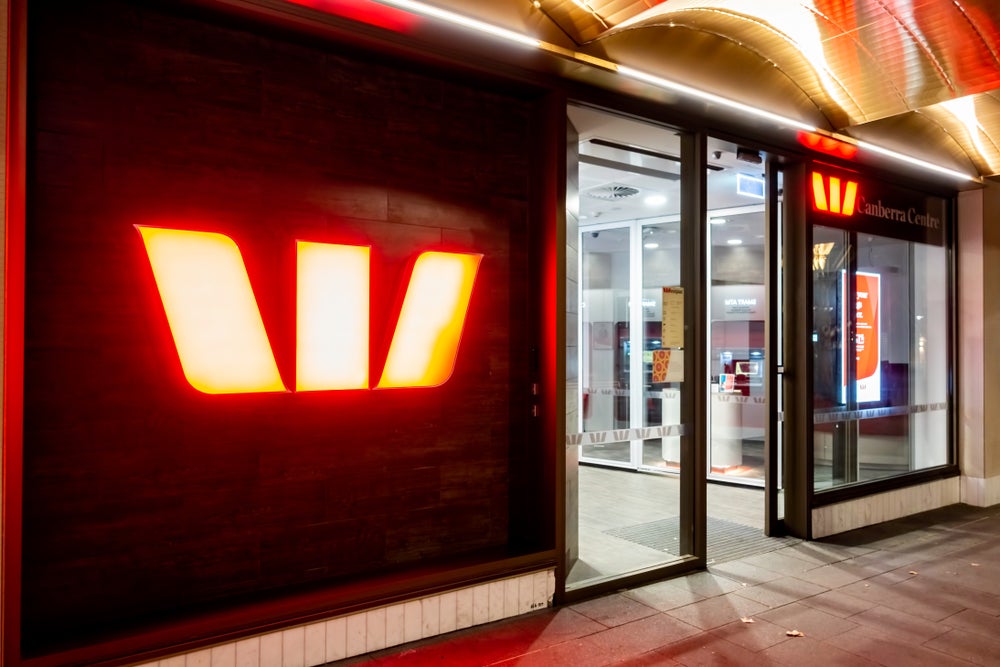The payment preferences of customers are changing, and at the same time, there’s a shift in consumer behaviour that reveals a focus on purchases. As such, merchants need to provide an efficient, omnichannel payment system that meets the needs of their customers.
A full omnichannel strategy helps create a seamless shopping experience for customers, whether they are shopping in-store or online. To achieve this, merchants must provide consistent, coordinated customer experience (CX) across every channel through which they sell products.
Enable omnichannel payments
The number of people making purchases online is increasing and the surge in online commerce means that preferred methods of payment are changing. By 2025, the number of people using digital payments is set to reach almost five billion worldwide. Considering the growing popularity of digital alongside the use of mobile devices to shop, convenience is likely to win this year.
Therefore, to increase sales, merchants must align their services with this constantly changing customer behaviour. An important part of this involves offering payment methods such as digital wallets to enable a seamless payment experience. Our research found omnichannel customers spent on average four times more than store-only buyers and 10 times more than digital-only customers.
Despite this, some consumers still prefer traditional brick-and-mortar stores, so a clear understanding of both online and offline channels, and how they work together, is key in improving sales conversions.
Spreading the cost
Merchants need to understand how their audience likes to pay for things and provide appropriate payment methods that align with these preferences. While many consumers are careful about how they spend their money, Gen Z and Millennials favour the use of Buy Now Pay Later (BNPL) providers when shopping, with 56% of millennials choosing options that allow them to pay in instalments.
How well do you really know your competitors?
Access the most comprehensive Company Profiles on the market, powered by GlobalData. Save hours of research. Gain competitive edge.

Thank you!
Your download email will arrive shortly
Not ready to buy yet? Download a free sample
We are confident about the unique quality of our Company Profiles. However, we want you to make the most beneficial decision for your business, so we offer a free sample that you can download by submitting the below form
By GlobalDataIn October last year, Apple rolled out a new BNPL feature to all its US users, designed to help young shoppers make purchases before payday. For an approved purchase, the consumer pays 25% of the initial sum and after that 25% every two weeks until the full sum is paid.
Instalment payment plans aren’t new (take furniture retailers, for example) but for merchants offering high-priced products, payment providers need to include BNPL solutions in their payment portfolio to accommodate the needs of these merchants.
Different customers – different approach
Merchants must also consider the overall user experience and payment journey. For merchants to meet this need, they must provide options at checkout. For example, 69% of Gen Z and 75% of millennials are willing to pay more for positive customer experiences. This highlights the fact that they require a seamless online experience, with quick online payments and an easy refund process when making a purchase.
Meanwhile, the older generation may look for a more personalised service such financing options (including loans). To succeed, merchants must commit to delivering a tailored approach for each target audience and an omnichannel payments strategy is the best place for them to start.
Omnichannel payments are about creating a seamless experience across touchpoints ‒ one that keeps people shopping with you. If a merchant places a payment barrier in front of their customer, it’s more likely that they’ll shop with a competitor. If a customer’s buying experience with a competitor is seamless and easy, the customer won’t be loyal for much longer.
To succeed in 2024, merchants must offer an omnichannel strategy with quality payment systems. Yes, most customers prefer digital, but older demographics may not have a computer to access online stores or a smartphone with which to run an app. The merchants that provide seamless CX, a choice of payment methods and an omnichannel strategy will be the ones that succeed.
John Harris is SVP Travel and eCommerce, emerchantpay









Related Company Profiles
Apple Inc